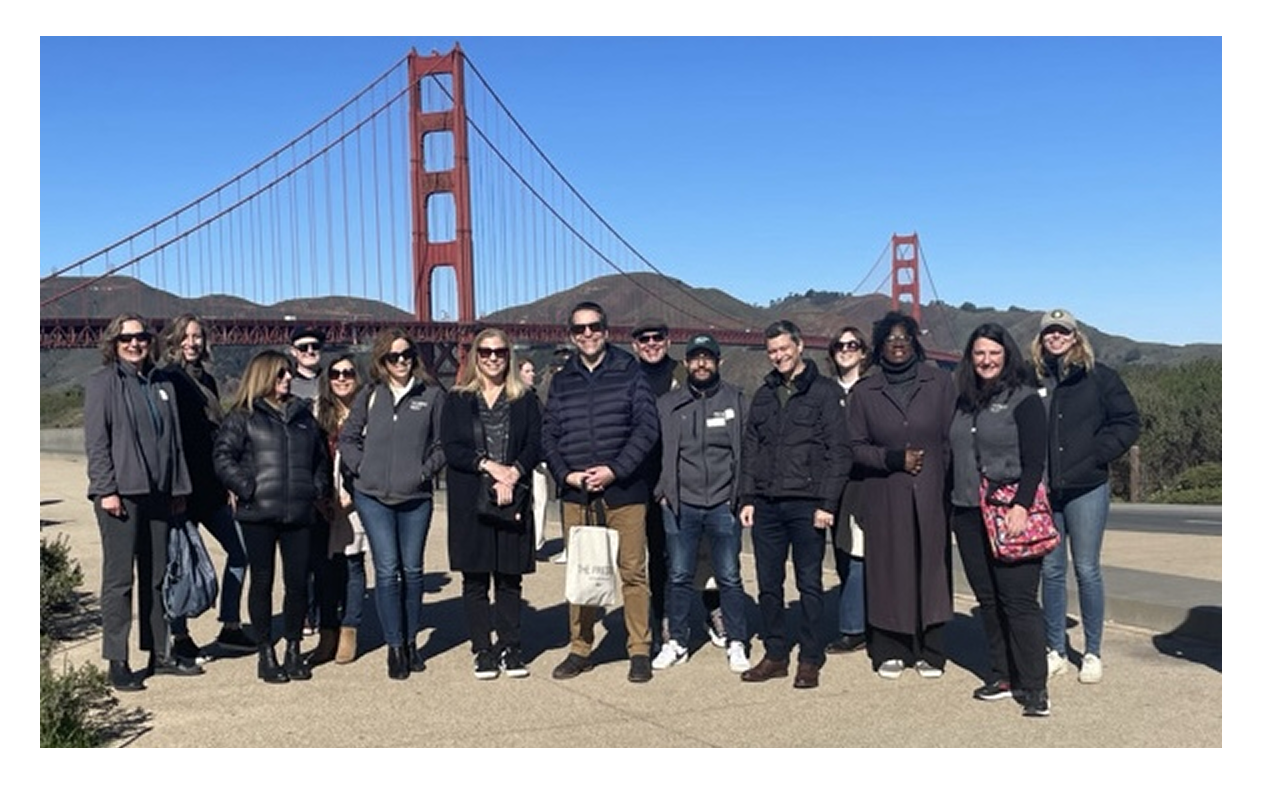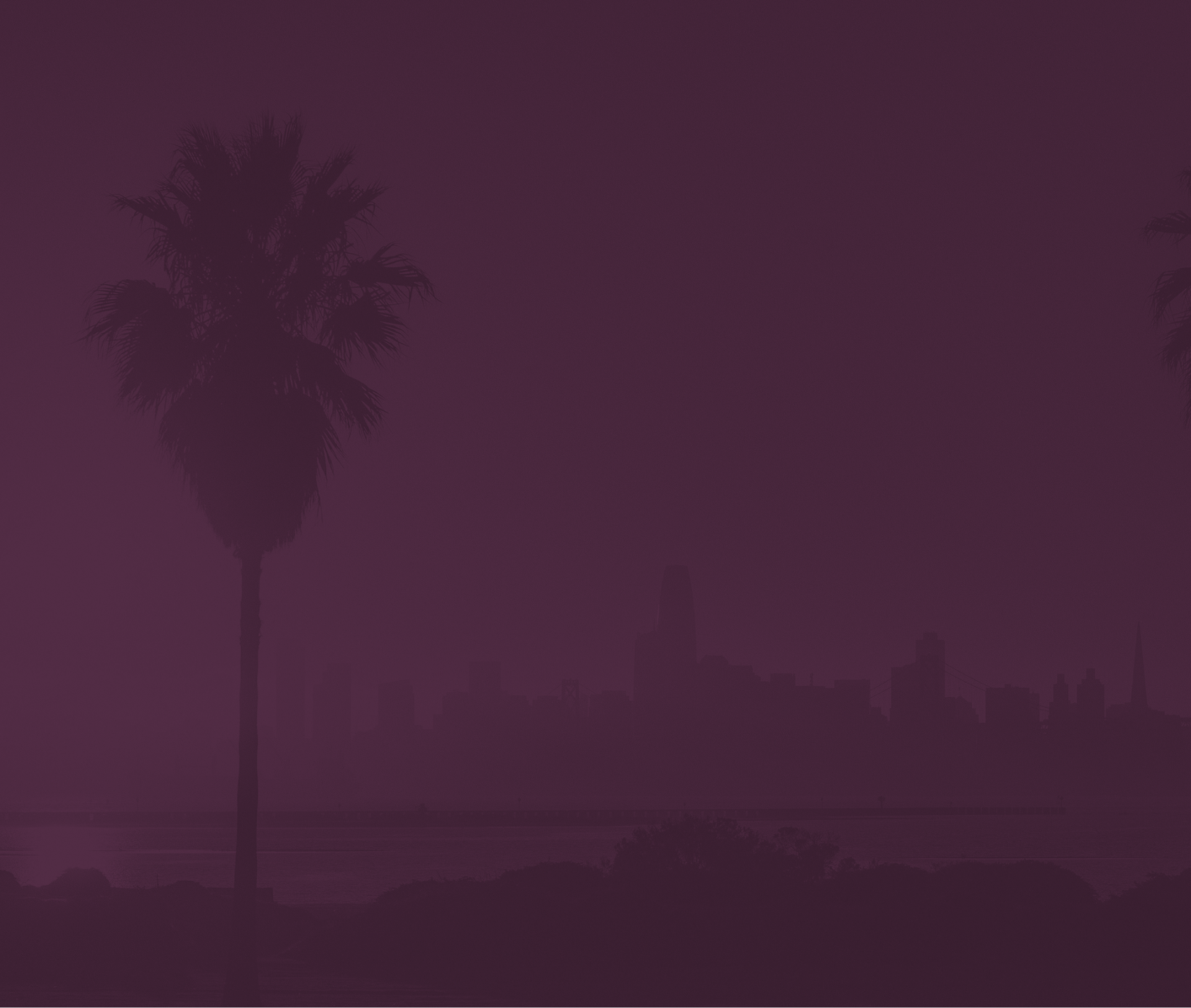

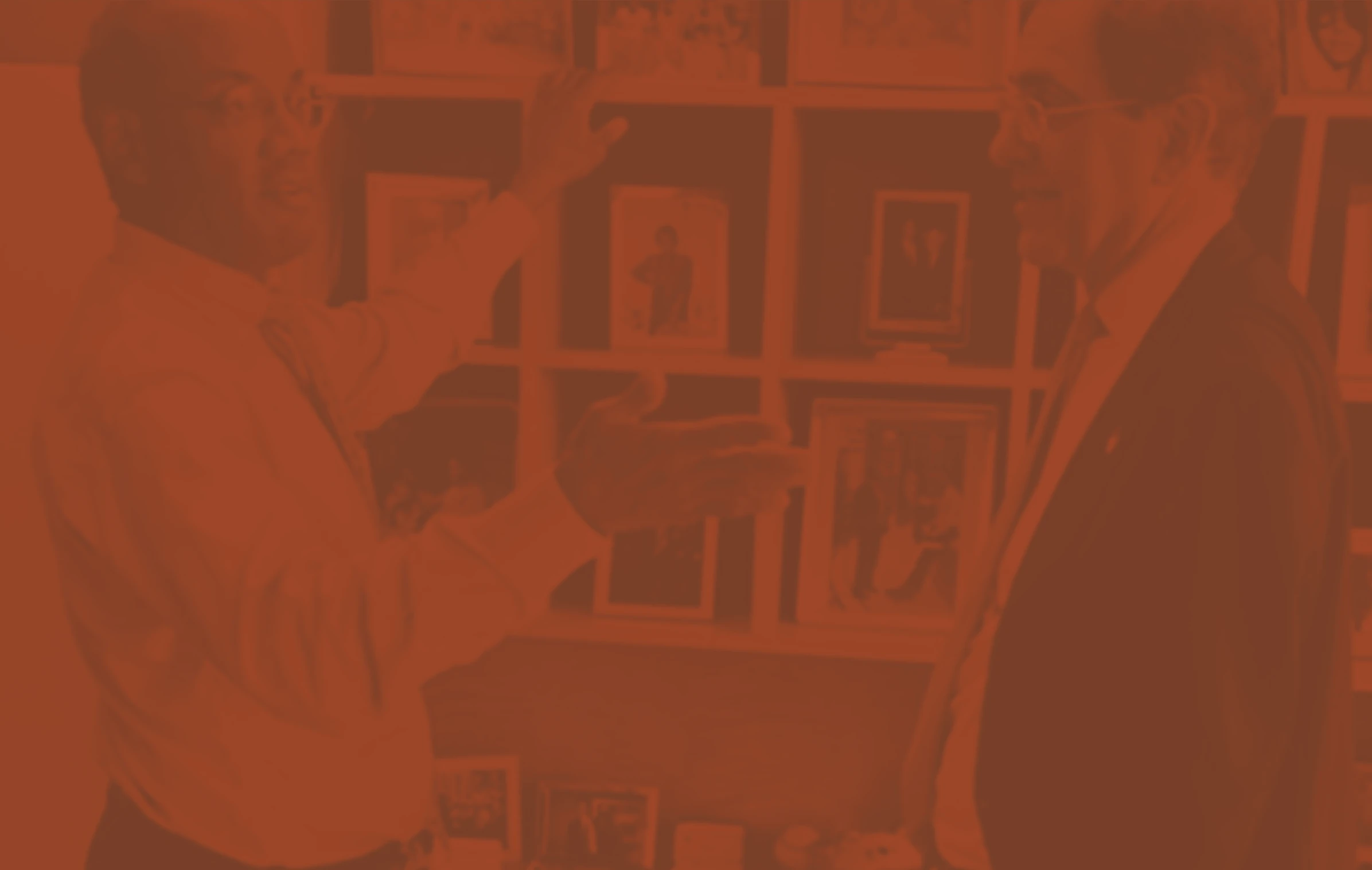
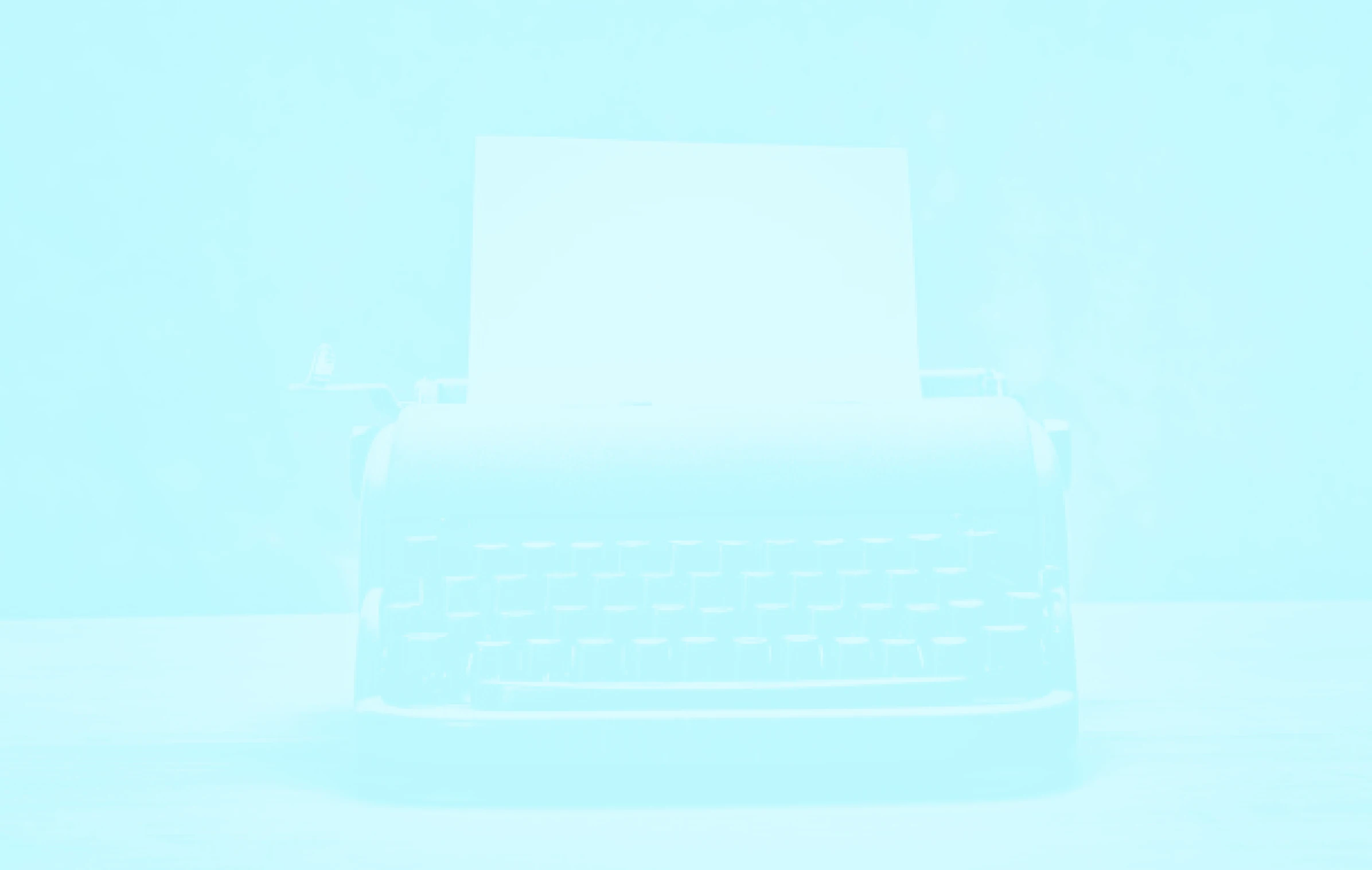
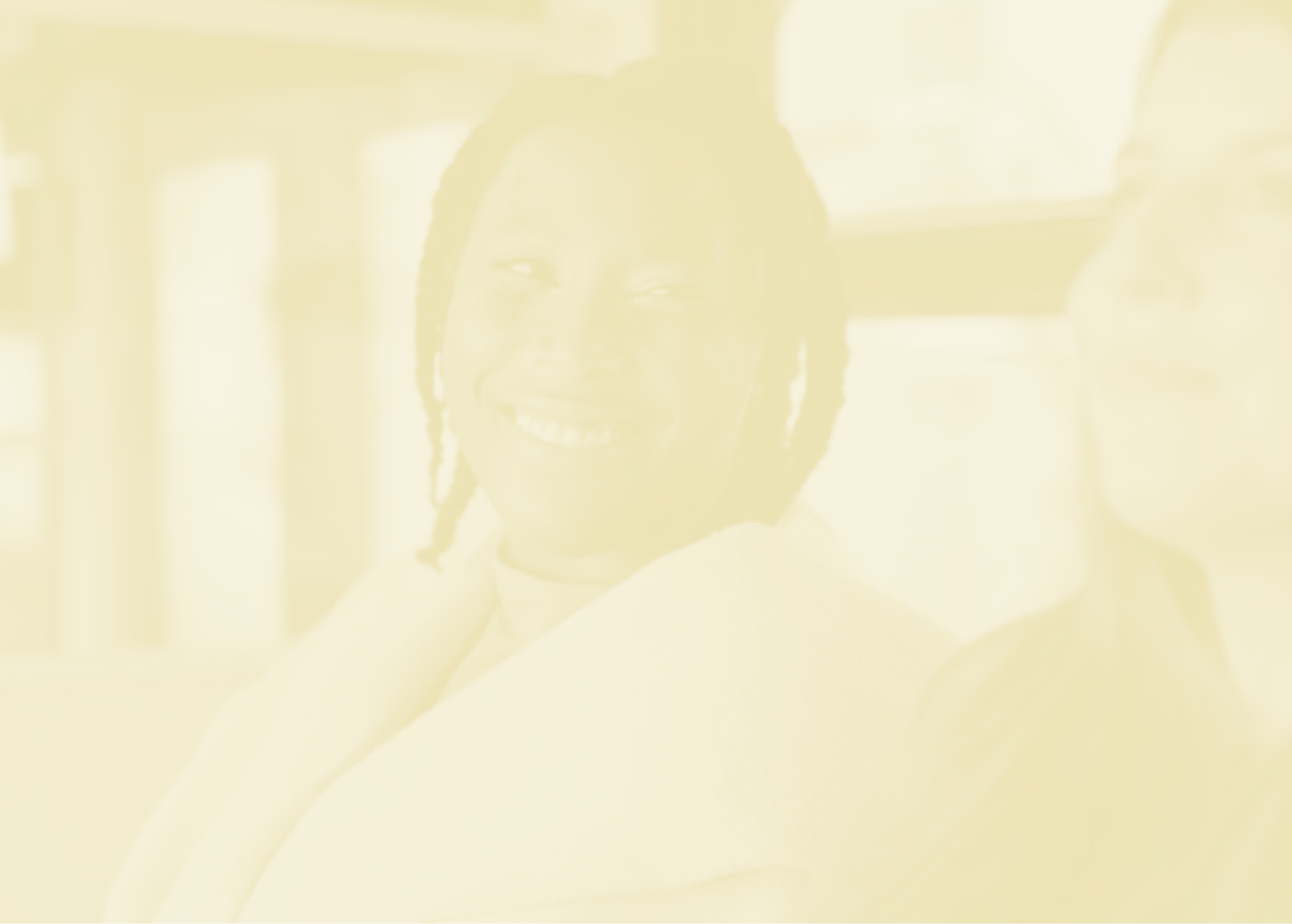
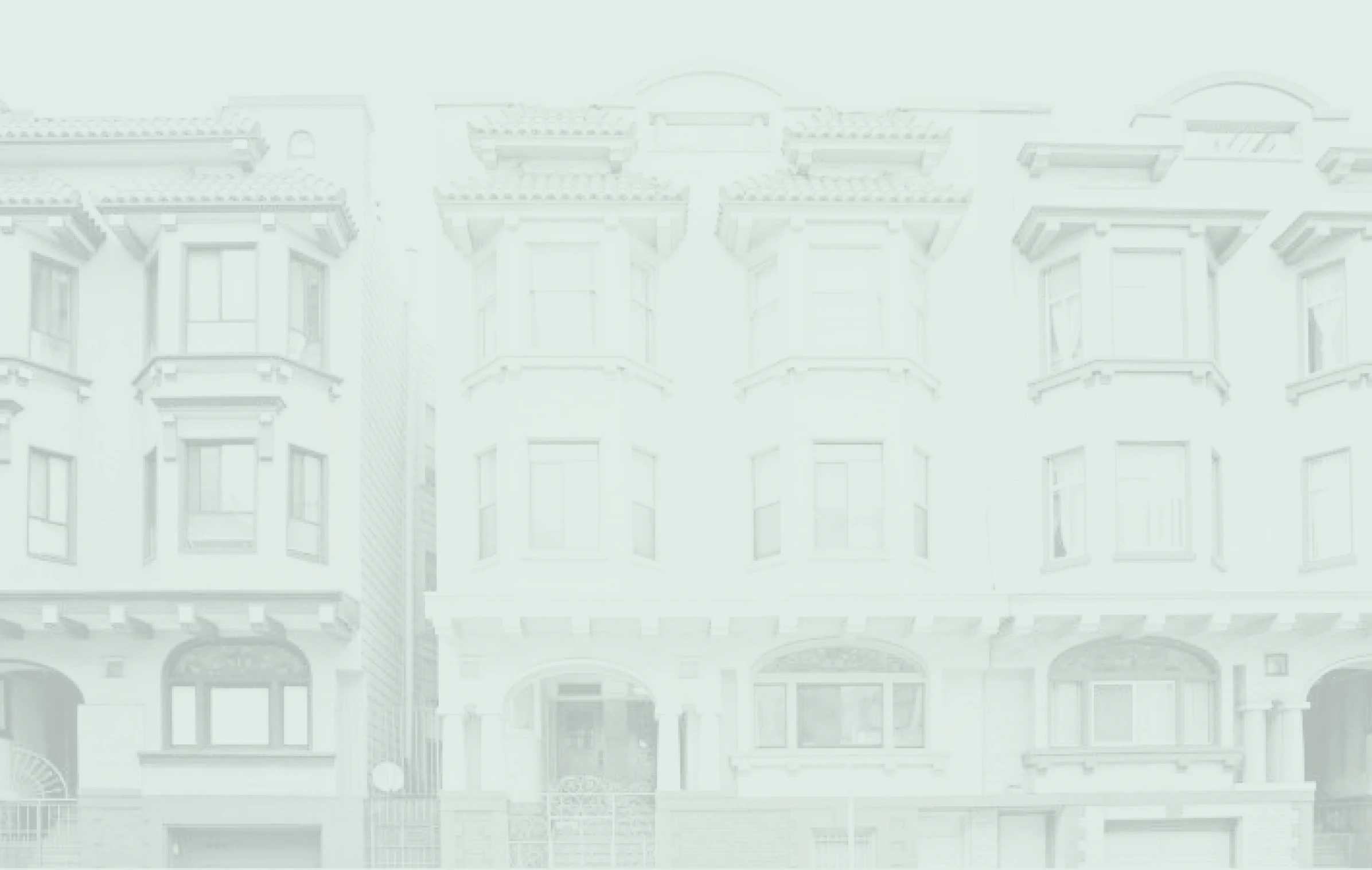






From innovative strategies to unexpected campaigns that meet people where they are, no agency is better equipped to champion organizations that are fighting the good fight. We engage, educate, and ultimately change behavior.
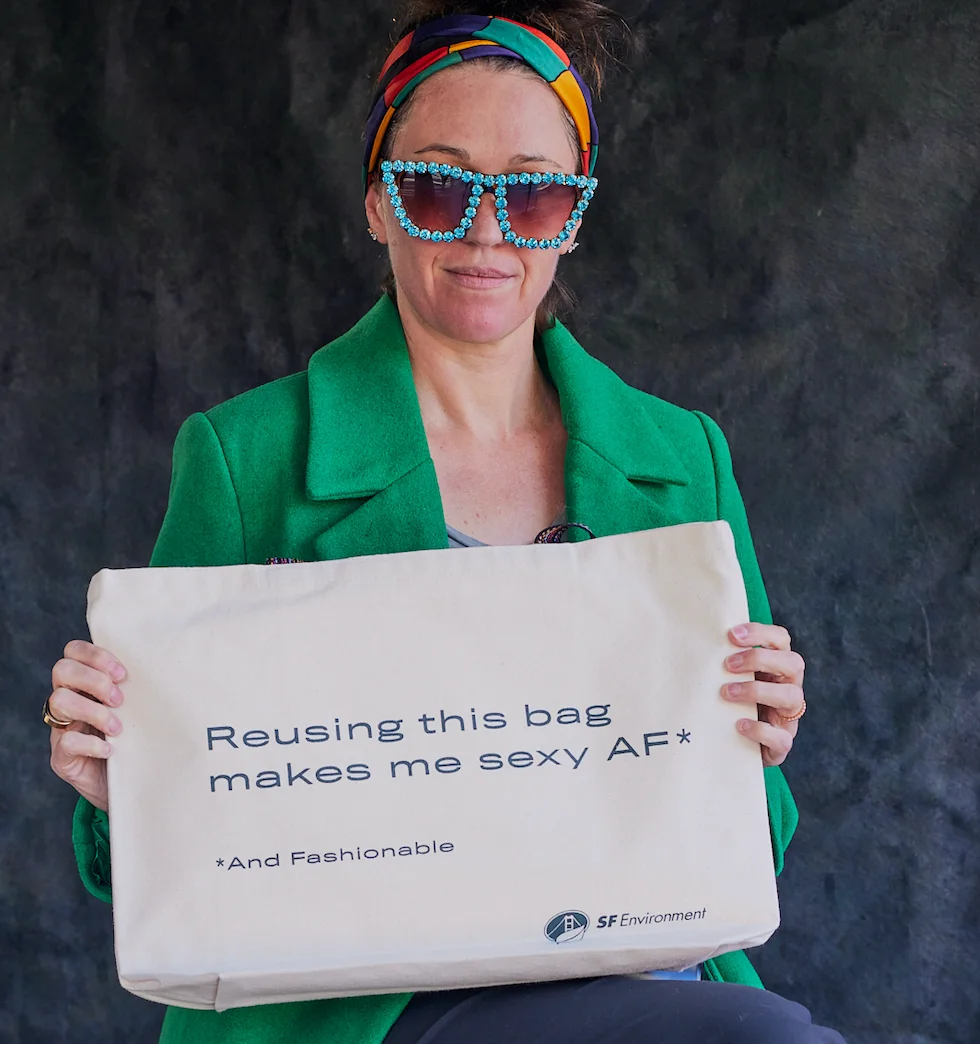

Featured in Fast Company
 65%
reported learning specific actions they can take to fight climate change
65%
reported learning specific actions they can take to fight climate changeFeatured in Fast Company


The San Francisco Environment Department came to us to find a way to encourage San Franciscans, especially Spanish and Chinese speakers, lower-income and older residents, to turn away from single-use plastic items and choose reusable alternatives instead.
Grounded in an idea from an early creative brainstorm that it would be great if the new “it” bag for the season wasn’t from Hermès or Gucci, but instead just a plain reusable canvas bag, we developed our own “fashion brand”; REUSE. We then hired a top-tier fashion photographer to create images with models accessorized with bags and other reusable items to drive home the message that “Disposable is never a good look.”
The images became the center point of an ad campaign that drove our target audiences to both a stylish, purpose-built website as well as pop-up activations where they could pose for their own high-fashion photo, and get a free reusable bag or mug in exchange for posting their image on social—further boosting buzz around the campaign.
Digital channels boosted the frequency of exposure and geotargeting drove day-of activation attendance, where thousands of residents lined up to participate over several weeks.
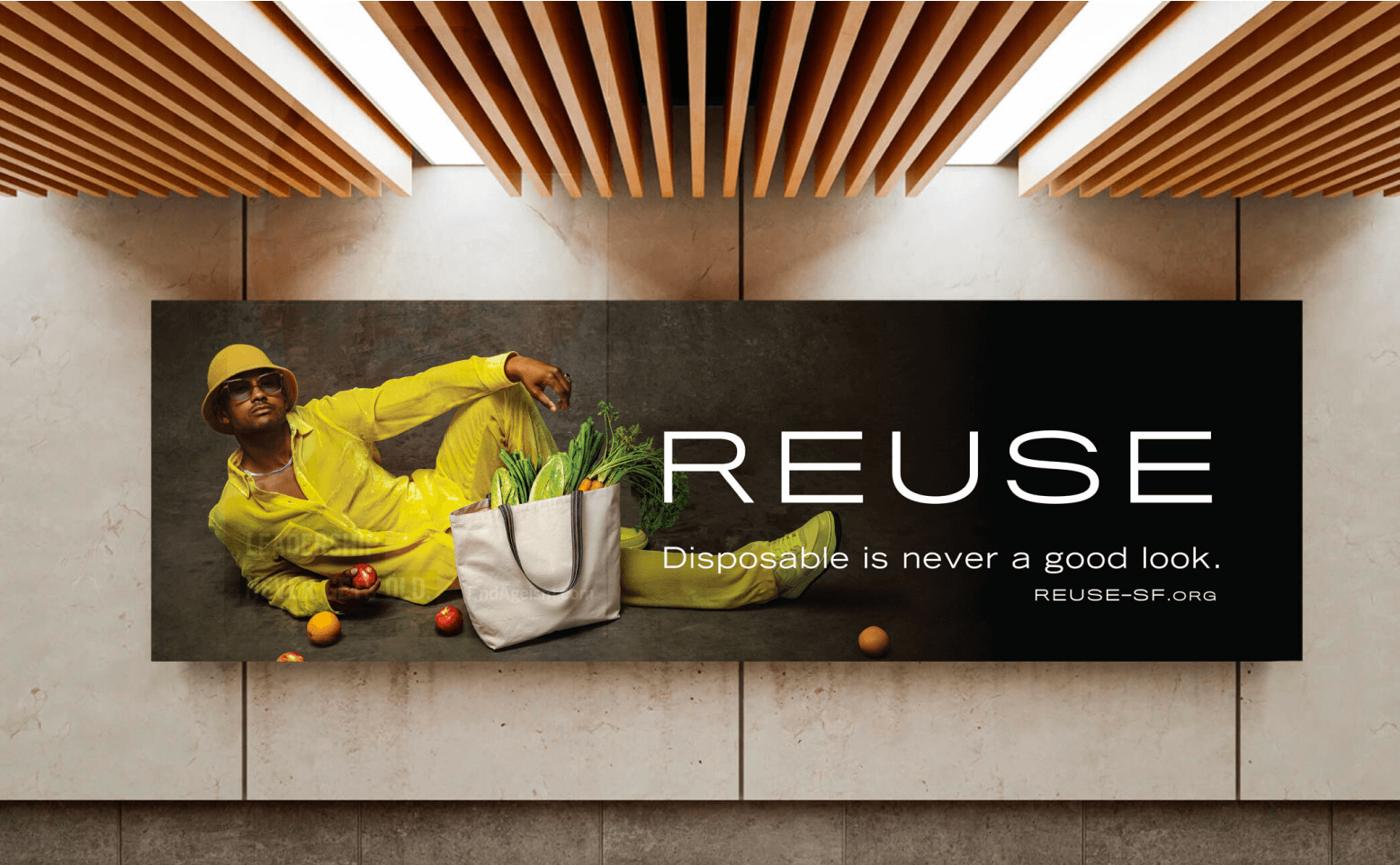
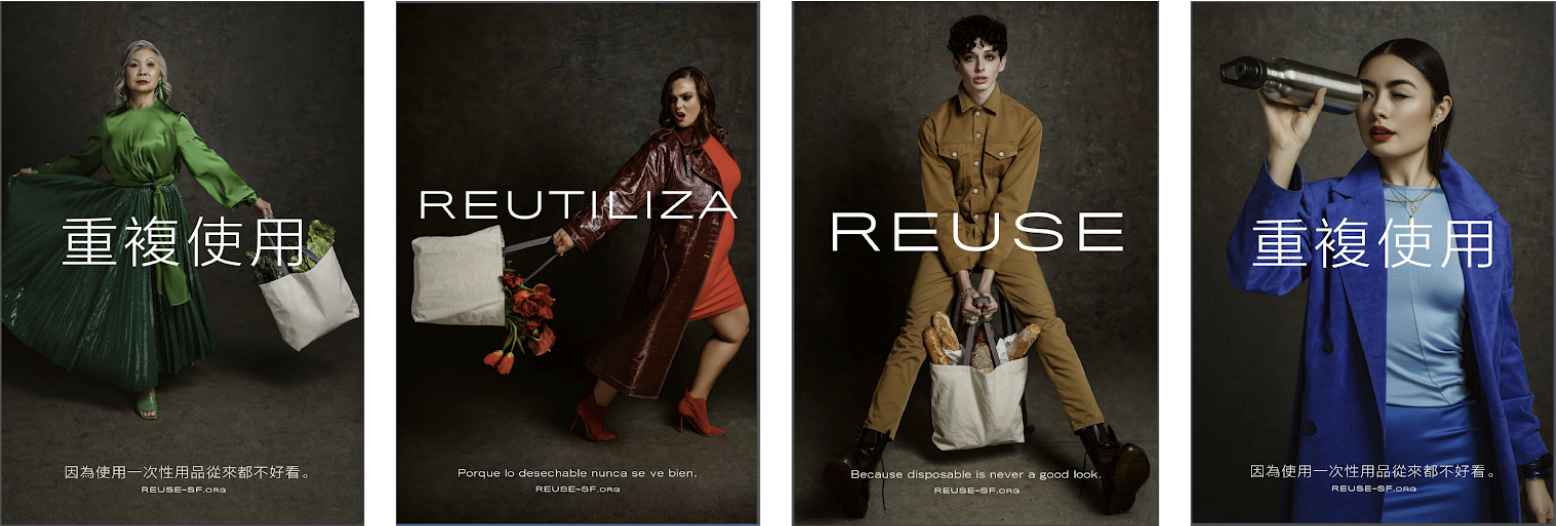
The campaign prioritized Latinx and Chinese-speaking audiences, as research revealed they are less engaged around reuse.
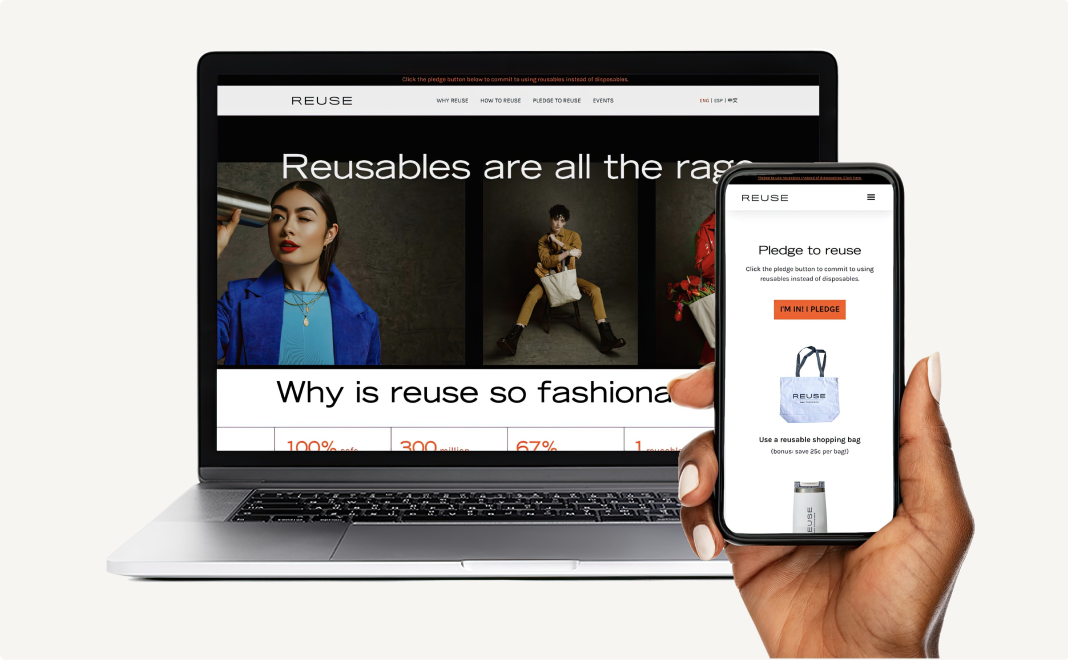
We created a website that featured a reuse pledge, educated about reusables and inspired people to attend pop-up events throughout San Francisco. Visit site.
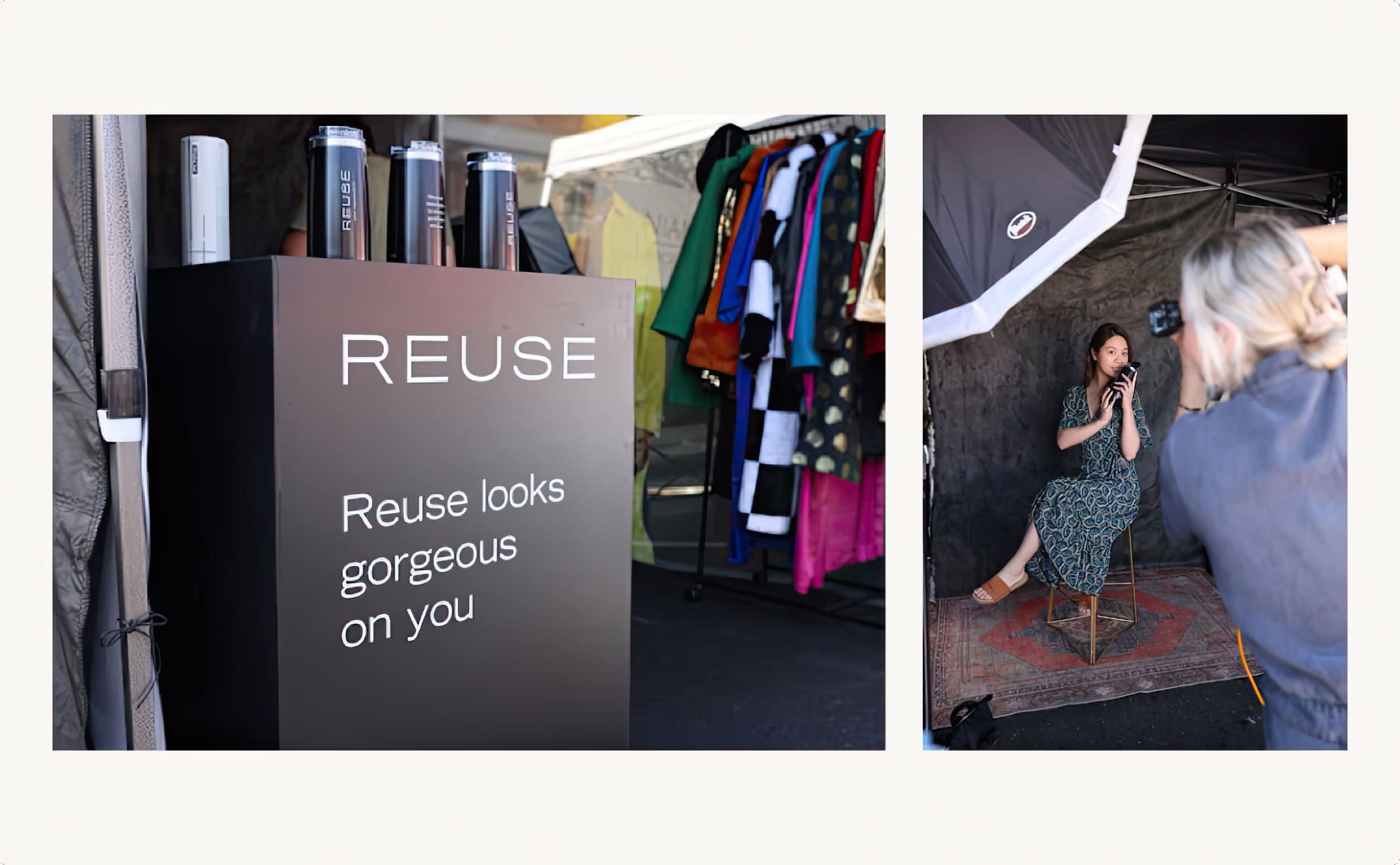
Our booth with a professional photographer popped up in the neighborhoods we wanted to target. Four thousand people posted their picture with #ReuseSF, spread the word and received a free reusable.
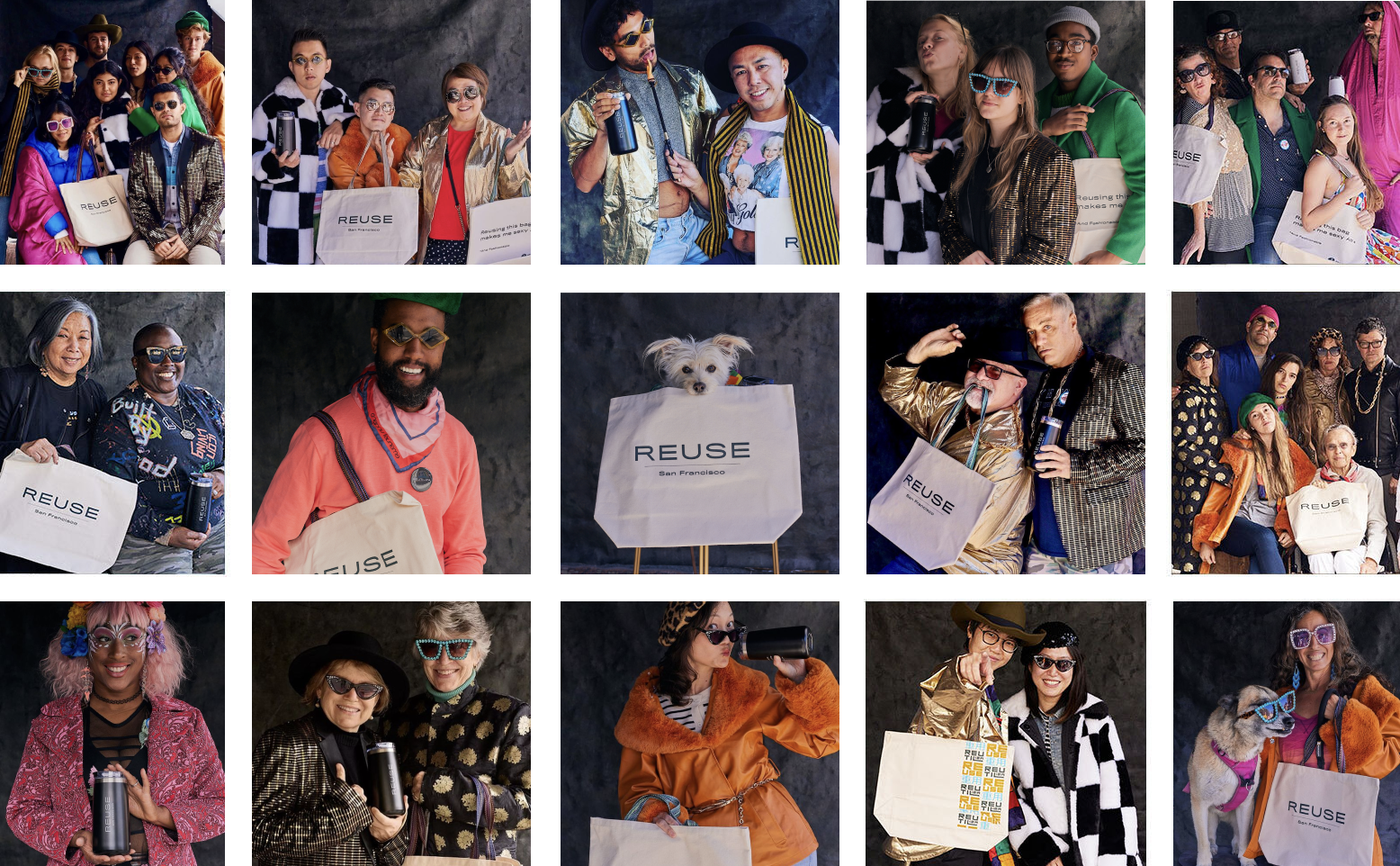
User-generated-style videos achieved engagement rates that beat benchmarks by 7x.

The San Francisco Public Utilities asked us to develop a campaign to drive enrollment in their SuperGreen 100% Renewable Energy product, stipulating that the campaign should be supported by an out-of-the-box, culturally-competent activation.
We recommended that the campaign focus on renters. They comprise over 60% of the SF population and most aren’t aware they can upgrade to 100% renewable energy—just like homeowners.
Our creative team decided to use a visual pun to playfully convey the idea of making your apartment Super Green, by first constructing a detailed recreation of an apartment living room and then literally painting the set, and everything in it, vivid green. The resulting video made for scroll-stopping digital content—but that was only the first half of the idea. The “SuperGreen ” apartment was broken down and reassembled at street fairs across the city to create an Instagram-able pop up that extended the digital campaign, fueled our social campaign and inspired San Francisco residents to sign up for SuperGreen clean energy, on the spot.
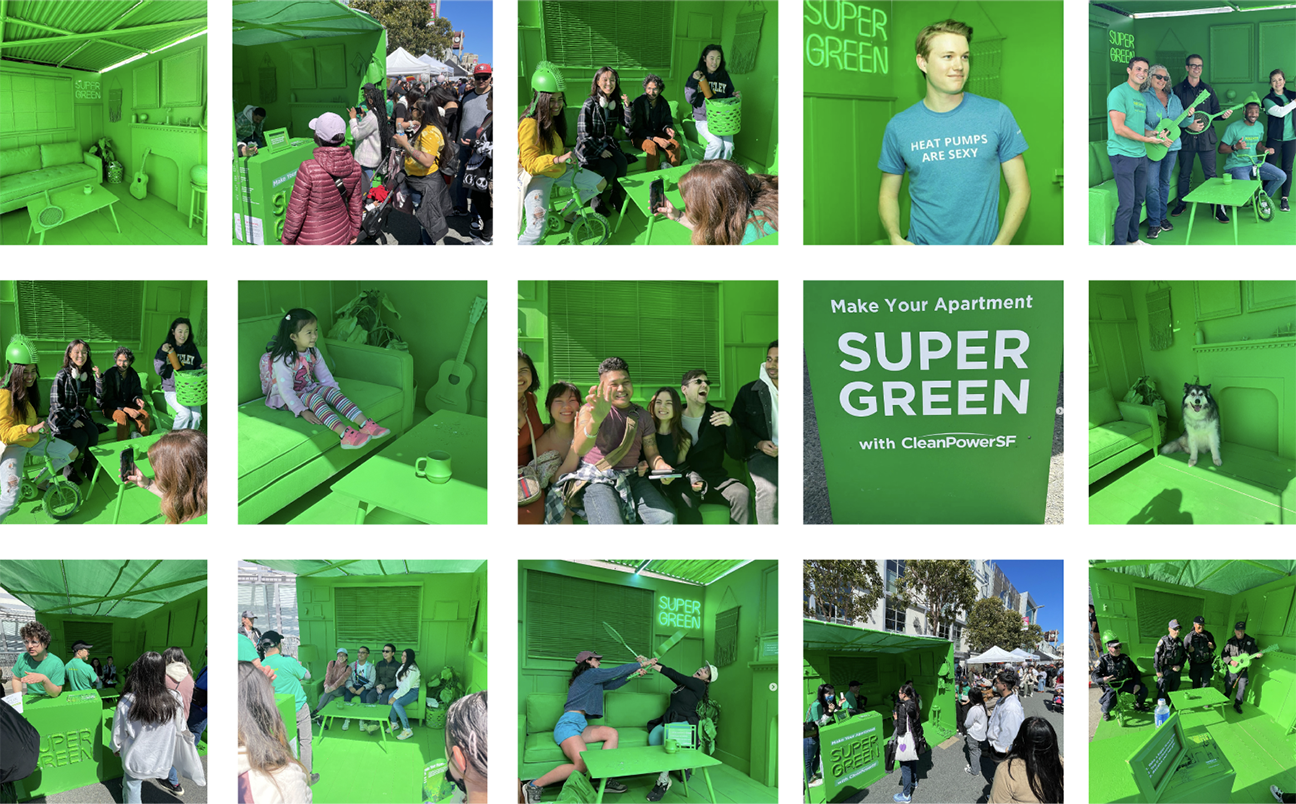
Did we really build an apartment, paint it green and then bring it to festivals around the city? Yes, we did.
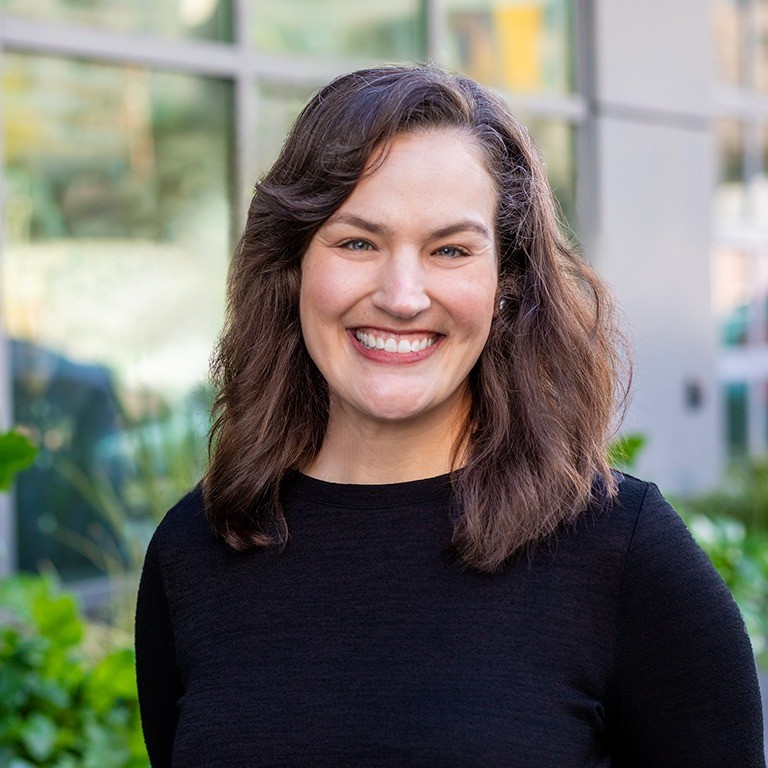
The San Francisco Climate Action Plan (CAP) charts a path for San Francisco to realize net-zero emissions by 2040. The Plan impacts almost every aspect of life in San Francisco, yet, most San Franciscans had never heard of it.
Our challenge: How do you make San Franciscans care about a “Plan”, and get them to adopt the many actions it prescribes?
First, we established a brand platform and visual guidelines, so that the Climate Plan became a recognizable and trusted “brand” over time. Next, we dug into research that revealed how years of negative news had rendered many residents disengaged and pessimistic about climate change, when, in fact, the everyday actions San Franciscans were taking had made a remarkable positive impact: Climate pollution in SF was down 48% since the Climate Plan was enacted.
We decided to anchor our campaign around a singular, encouraging message to every San Francisco resident: “Thanks to you, the plan is working.”
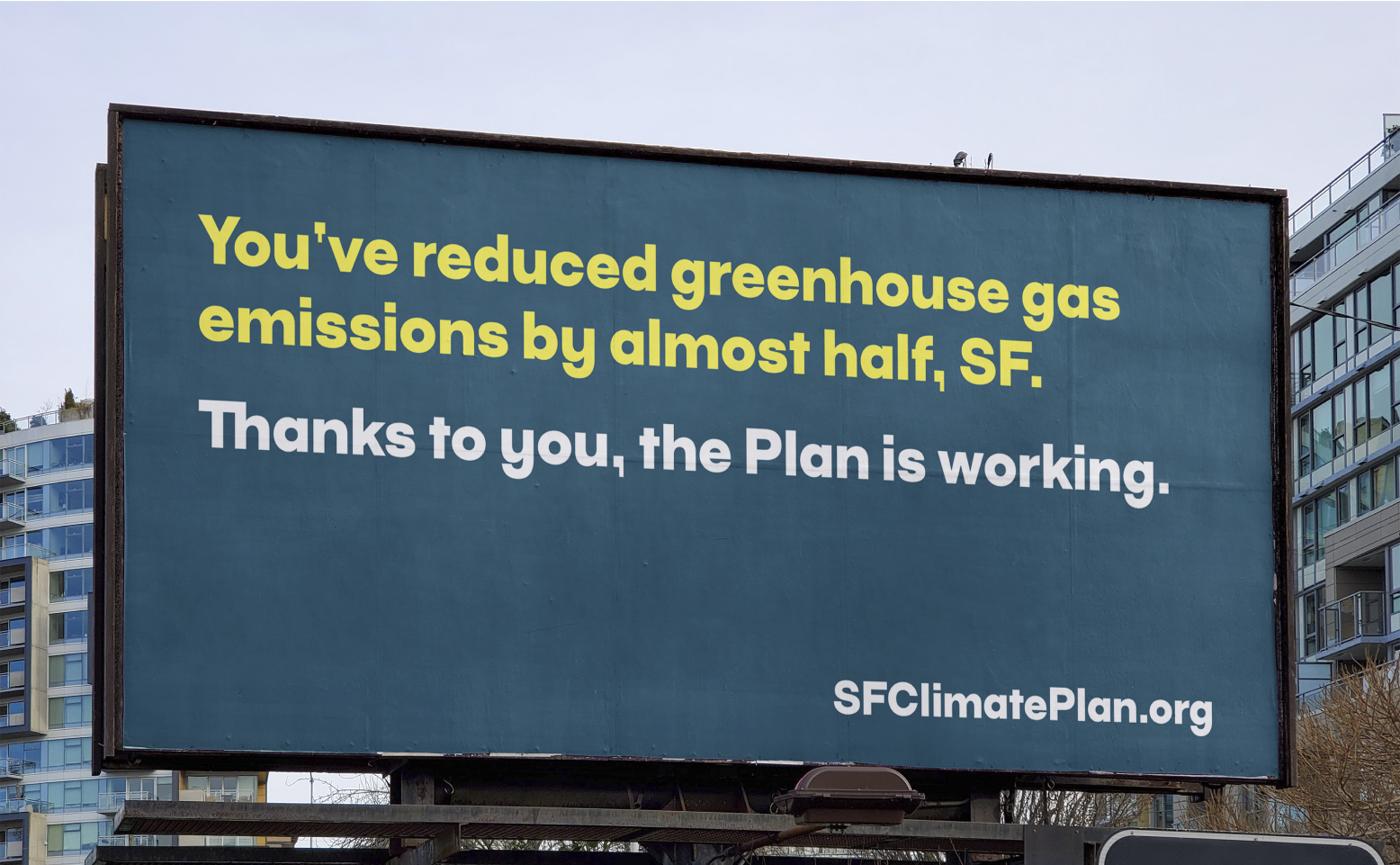

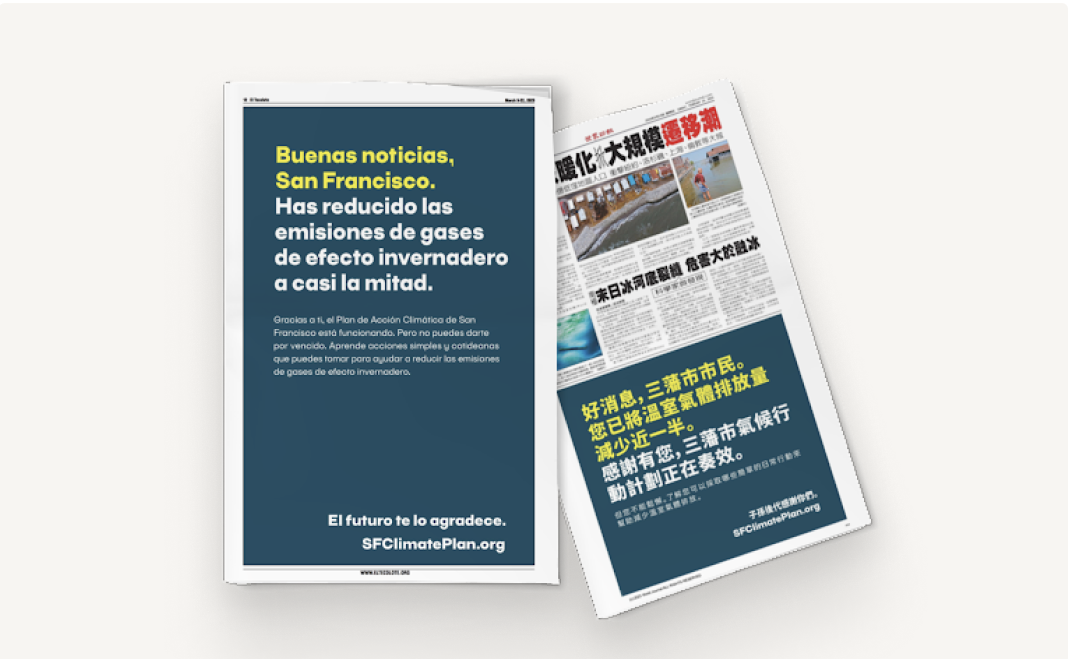
We ran print ads in popular local in-language publications, held Climate Fairs in Spanish and Chinese throughout the city, and created unique content, designed to resonate with Latinx and Chinese cultures.
Social videos featured San Franciscans taking action
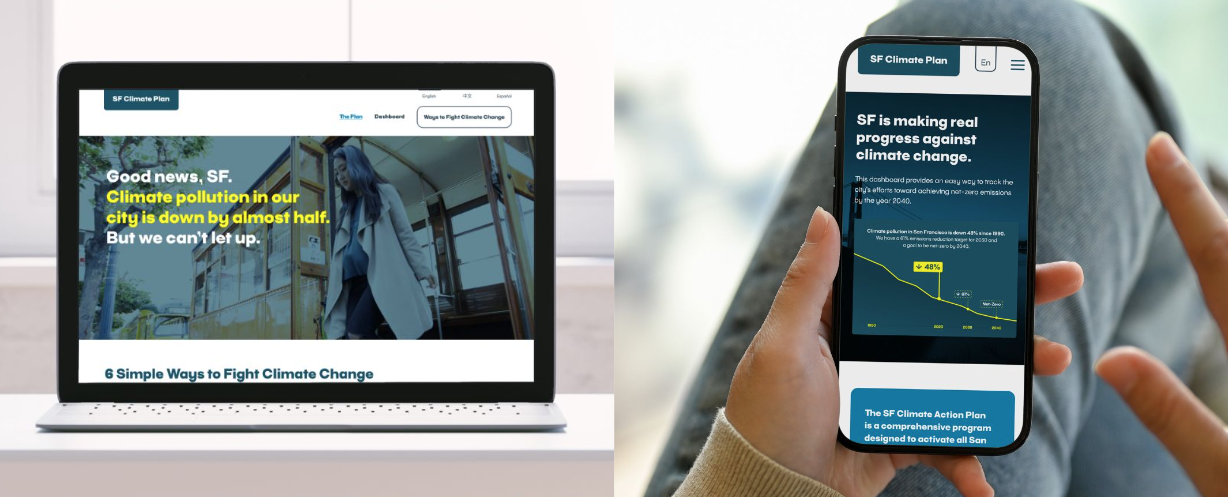
Every element drove to an ADA-compliant, multilingual website where visitors learned how they could take action and viewed the City’s progress toward net-zero emissions on an interactive Dashboard. Visit site

In the end, the campaign not only exceeded our client’s wildest expectations, but got rave reviews from some big time, non-industry publications including Fast Company.
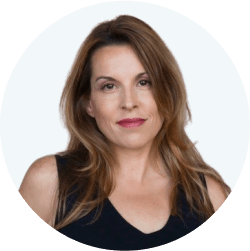
Milliman is a billion-dollar consulting firm whose mission is to protect the health, financial well-being, and resilience of people everywhere. The firm’s work has a profound impact on people’s lives, yet when we started, they were little known.
Over a decade, we helped change that.
We built a brand strategy that positioned the firm as it deserved to be seen: visionary. Then we brought the brand to life through bold print, display, and social campaigns that were ranked among the most effective across all benchmarks.
This vision extended to Integrate, a Milliman-backed startup transforming the insurance industry. We named Integrate, then, to elevate its influence, we launched Verge, an exclusive event chaired by extraordinary leaders like Satya Nadella and Walter Isaacson. Verge brought top executives together for provocative, high-impact conversations, cementing Integrate’s position as a leader in innovation.
At the same time, we told Milliman’s broader story—through short documentaries and content on everything from self-driving cars to climate change. Our assertive campaign raised Milliman’s profile and changed the firm’s image in the marketplace. Inside the typically modest firm, the campaign had perhaps its greatest impact: it galvanized the consultants and inspired a cultural shift with the embrace of our tagline: It takes vision. They’ve not looked back.
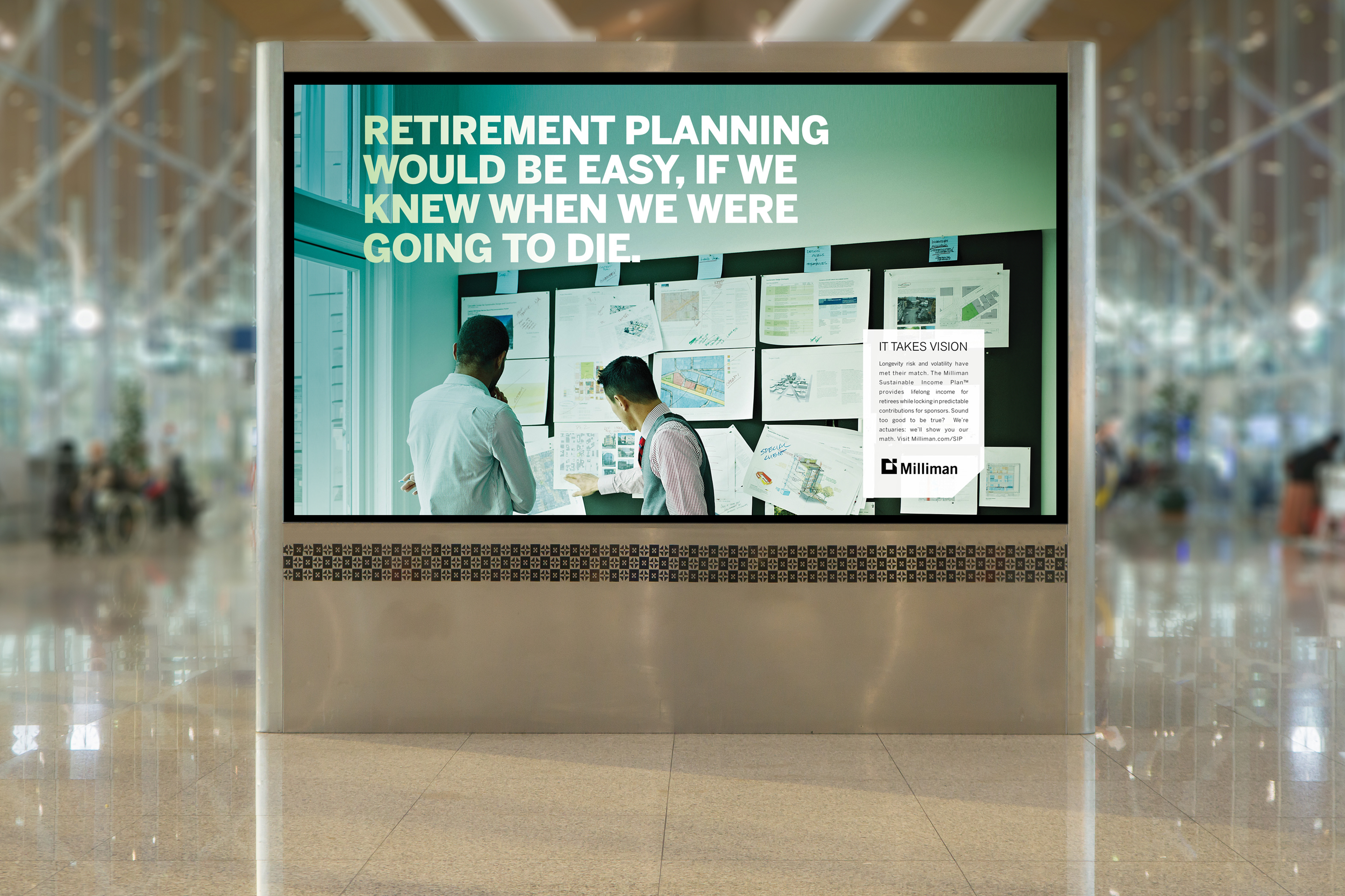
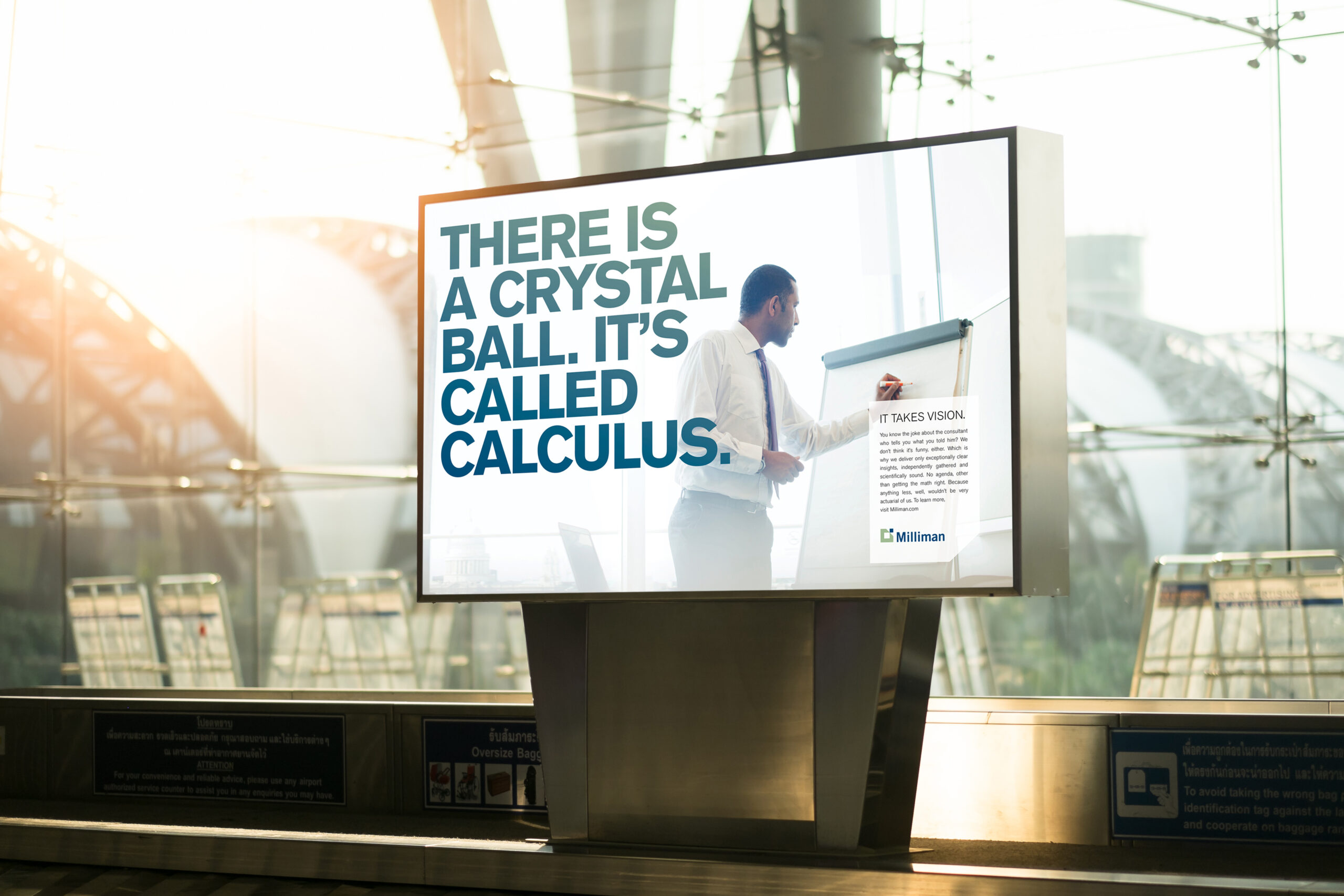
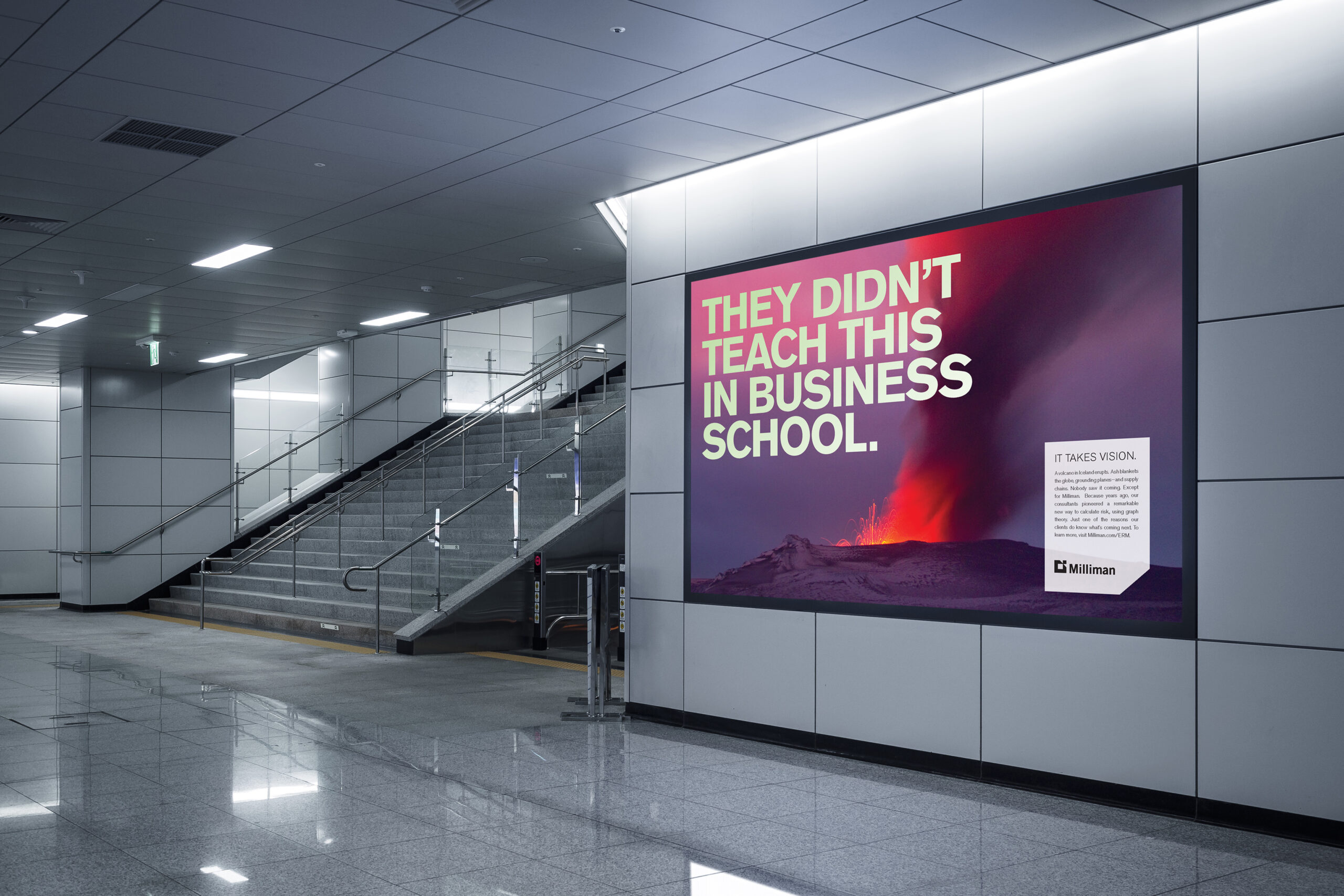
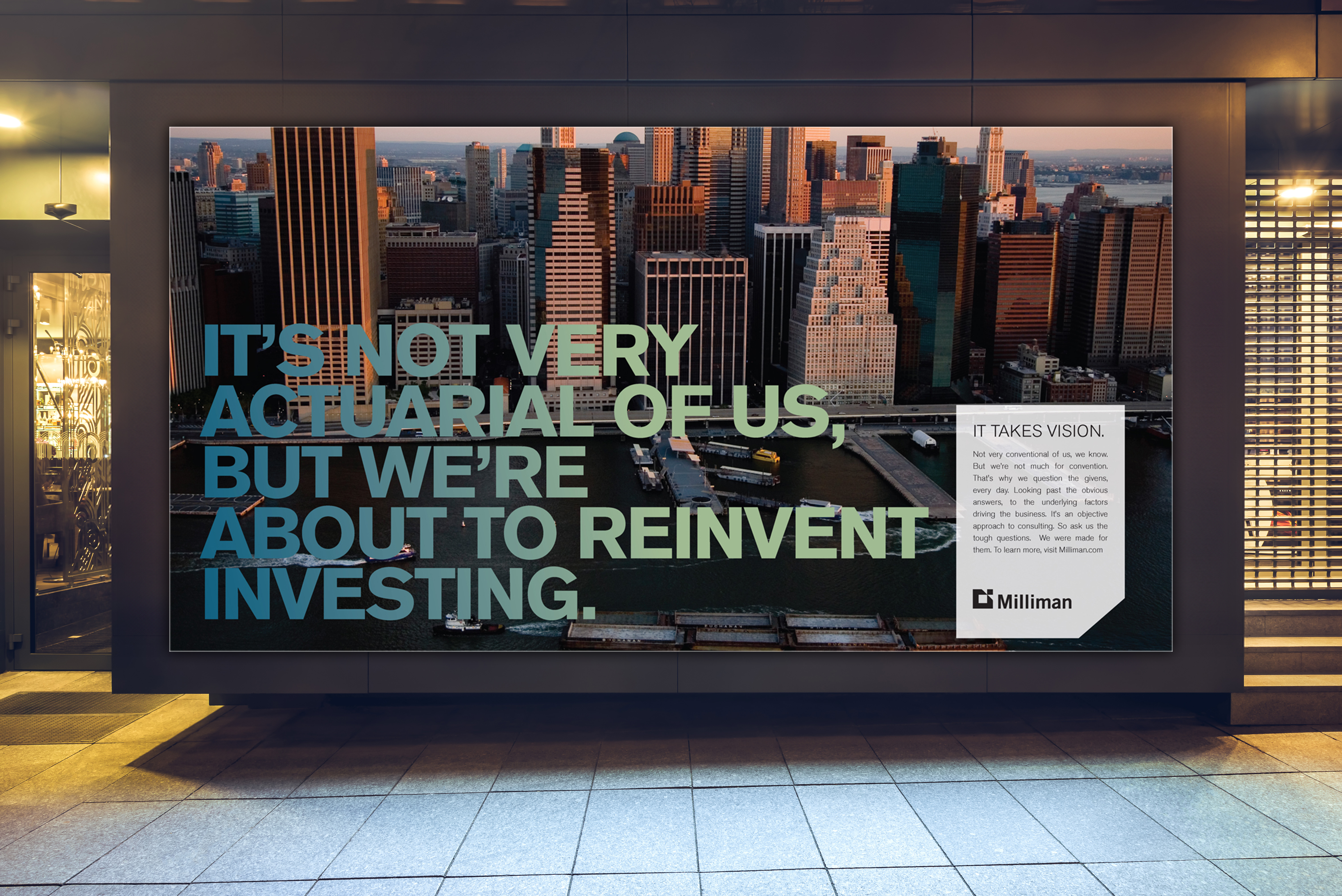
Tomantha Kyle on fostering diversity across business.
Walter Isaacson on innovation at the Verge conference created for Milliman by Most Likely To.
Sallie Krawcheck on gender diversity at the Verge conference.
The value of unique perspective in tech.
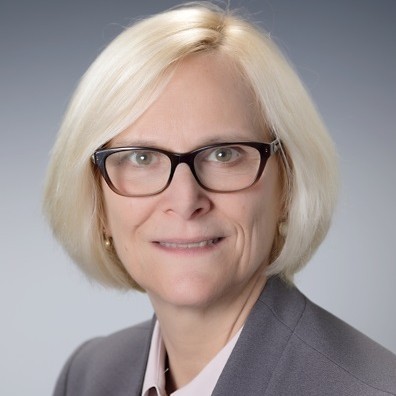
MCE (Marin Clean Energy) came to us with a challenge: get customers to reduce their electricity use during peak 4-9 PM hours, when energy is more expensive and dependence on electricity generated by fossil-fuels is heaviest.
Our media strategy focused on large-reach vehicles ideal for storytelling and geo-targeting to minimize waste. We landed on cable and streaming TV, plus video, UGC, and static paid social.
To change deep-set consumer behavior during the hours most people return home from work, we knew our campaign had to do more than just educate—it had to resonate.
Lowering monthly utility bills is always a prime motivator. But we didn’t want to lose sight of the larger message: reducing electricity use during evening hours means fewer harmful emissions are released into the environment.
Our TV campaign communicated both: Unplug your devices and reconnect with yourself, your friends, and your family by enjoying the amazing Bay Area nature you’re helping to protect.
The TV spots were complemented by two scroll-stopping UGC social videos.
All campaign elements drove to a dedicated landing page where customers could learn why 4-9PM is a critical time to reduce electricity usage, find a variety of practical, energy-saving tips, and take cost-saving actions.
UGC-style videos generated more than one thousand reactions and 366 shares.
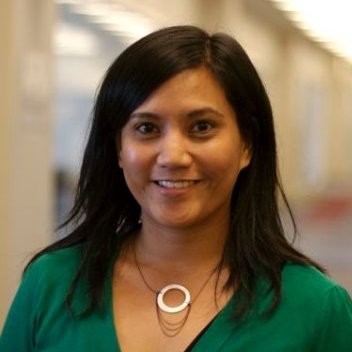
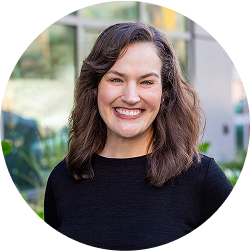
Our team relies on Most Likely To to bring breakthrough ideas, every time.
Friendly behavior change experts are standing by.
